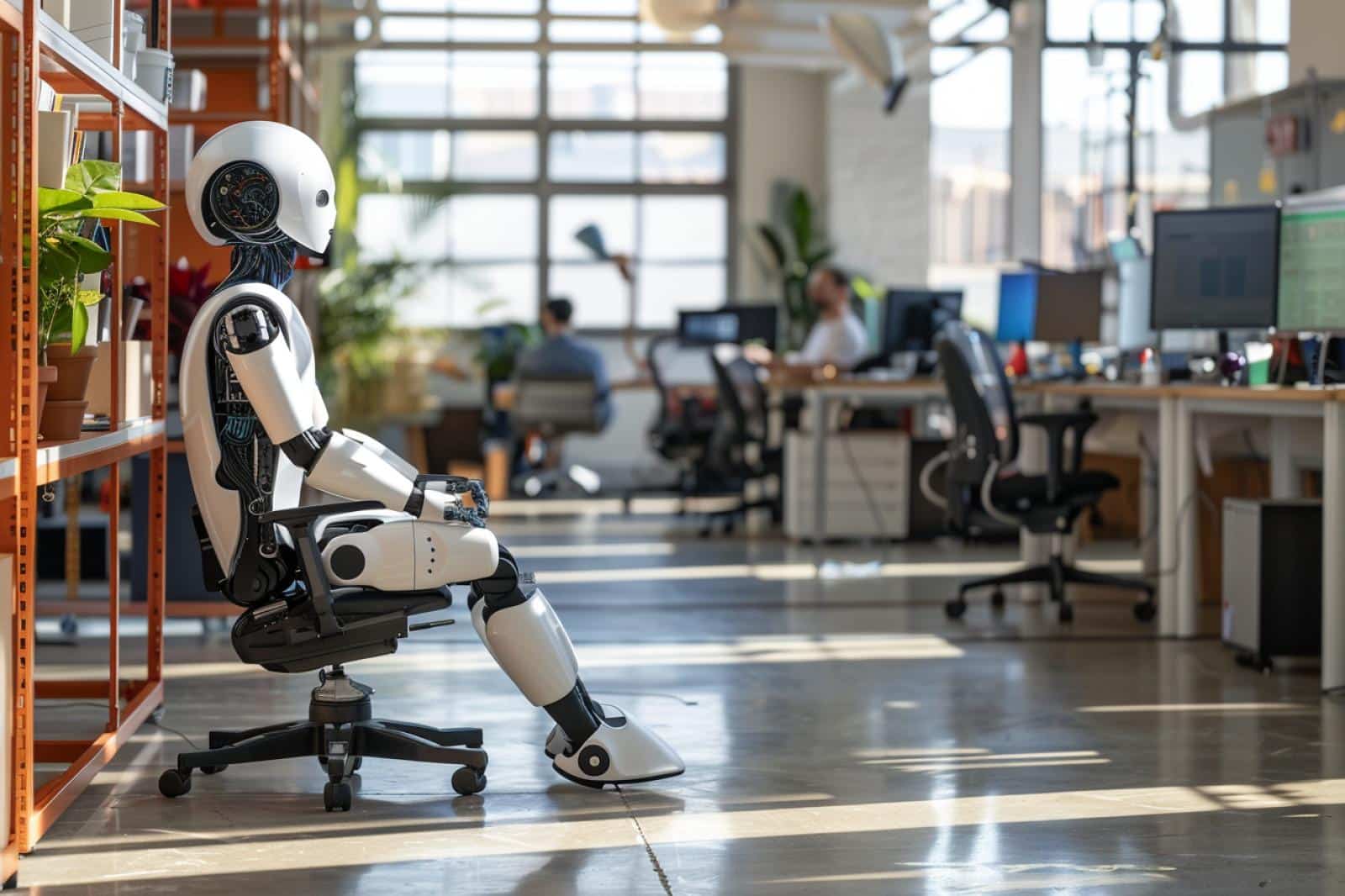Can AI Models Improve Accessibility Features in Technology for People with Disabilities?

In a world where digital content is king, the question of accessibility becomes paramount. We often take for granted the ease with which we interact with technology. But for people with disabilities, negotiating digital interfaces can be a minefield. Is there a solution in sight? The answer lies within the realm of Artificial Intelligence.
AI models have the potential to enhance technology, making it more accessible for all users, including those with disabilities. By harnessing the power of language recognition, text-to-speech tools, and digital services, AI can provide an inclusive digital landscape. These advancements can significantly improve accessibility, providing an equal playing field for all. This article will delve into how AI models can revolutionize accessibility features in technology.
Have you seen this : What Role Can AI Models Play in Streamlining Supply Chain Logistics?
AI and Accessibility: A Perfect Match
Artificial Intelligence is not just about emulating human intelligence but also encompasses improving human lifestyle by amplifying our skills and compensating for our shortcomings. This also includes making digital platforms accessible to people with disabilities.
AI models can learn, reason, and correct themselves, making them perfect allies in our mission to break down accessibility barriers. They can assist with vision, hearing, cognitive, and mobility issues by providing adapted interfaces that can adjust to individual needs, thereby creating a more inclusive digital environment.
In the same genre : Find your next surprise with mystery box online shopping
Improving Visual Accessibility with AI Models
For visually impaired individuals, navigating through the vast digital universe can be quite challenging. Text recognition and speech synthesis tools, powered by AI, have the potential to change this narrative.
AI models can convert text into speech, helping users read digital content. They can also identify and describe images, improving the user’s understanding of the content. In addition, AI can provide real-time captions for videos, making digital media more accessible.
Another promising AI feature is object recognition. AI can identify and notify users about objects in their surroundings, a tool that could be particularly helpful for visually impaired people.
Enhancing Auditory Accessibility with AI Tools
For people with hearing impairments, AI technology can bring about revolutionary changes. Real-time speech-to-text conversion tools can make conversations accessible. By providing live captions for spoken language, AI ensures that no one is left out of the conversation.
AI also enables sound recognition. It can detect sounds like doorbells, alarms, or someone calling and alert the user through visual or vibrating signals. This technology can provide an extra layer of security and independence for people with hearing disabilities.
Making Digital Services User Friendly
AI can help us reimagine digital services to be more user-friendly for everyone. It can provide personalized experiences by learning from the user’s past interactions and preferences. This means that the technology can adapt to individual needs, making digital services more intuitive and accessible.
AI can also improve language recognition, translating text into various languages, and making digital content globally accessible. Furthermore, it can aid those with learning disabilities or dyslexia by providing tools for reading and writing support.
AI and Mobility Issues
For users with mobility issues, AI can offer many solutions. Voice recognition tools can allow users to operate technology hands-free. From turning on the lights to operating a computer, tasks can be accomplished through simple voice commands.
AI can also provide predictive text input, making typing easier for users with limited mobility. This technology can make digital platforms more inclusive, breaking down barriers for people with varying abilities.
In sum, AI has the potential to be a game-changer in improving accessibility features in technology. By making digital content more inclusive and accessible, AI ensures that everyone – regardless of their physical or cognitive abilities – can enjoy and benefit from the digital revolution. The world of technology is on the cusp of a major revolution, where AI stands as a beacon of inclusivity and accessibility.
AI and Sign Language Recognition
One of the most remarkable advancements in Artificial Intelligence towards improving accessibility features is the development of sign language recognition. This technology holds immense potential for the inclusion of individuals with hearing impairments in the digital realm.
Sign language recognition, enabled by machine learning and image recognition, allows devices to understand and interpret sign language accurately. This AI model uses a combination of natural language processing and computer vision to translate sign language into text or voice in real time. The technology can be integrated into video conferencing platforms, making digital communications more accessible for individuals who communicate through sign language.
AI-powered sign language recognition can also be incorporated into voice assistants, enabling them to understand and respond to sign language commands. This feature can greatly enhance the user experience for people with hearing impairments, allowing them to interact with devices in a more intuitive and natural manner.
Another promising aspect is the ability of AI models to learn and improve over time. Through continuous interactions, the AI can learn to understand the user’s unique signing style and adapt to it, resulting in more accurate recognition. This personalized approach to digital accessibility brings us closer to equal access to technology for all.
Empowering Users with Content Accessibility Features
In the realm of content accessibility, AI has exhibited immense potential. Be it text, audio, or visual content, AI models are revolutionizing the way individuals with disabilities interact with digital content.
AI-assisted content accessibility tools include closed captions, audio descriptions, and speech recognition. For individuals with visual impairments, these tools can provide audio descriptions of images and videos, enhancing their understanding of the content.
Closed captions, powered by real-time speech-to-text conversion, can make audio and video content accessible to people with hearing impairments. They provide a text-based version of the audio content, allowing users to read along as they watch.
AI-powered speech recognition enables users to interact with devices using voice commands. For individuals with mobility issues, this feature opens up possibilities, making devices more accessible and easy to use.
With advancements in machine learning, these AI models are becoming more accurate and efficient. They can learn from the user’s interactions and adapt accordingly, creating a more personalized and inclusive digital experience.
Conclusion
The integration of Artificial Intelligence in accessibility features of technology is not just an advancement; it’s a necessity. People with disabilities, often overlooked in the design of digital platforms, are now at the center of AI-driven innovations aimed to make technology more inclusive.
AI models are revolutionizing digital accessibility through language and speech recognition, image recognition, content accessibility features, and voice assistants. They are breaking down barriers, empowering individuals with disabilities to interact with digital content on an equal footing.
As these AI models continue to learn and improve, the digital landscape will become more adaptive and inclusive. The world is on the brink of a revolution in digital accessibility, and Artificial Intelligence is leading the charge. As we move forward, it is imperative to continue leveraging AI to create a more accessible and inclusive digital world where everyone can participate equally, regardless of their abilities. The future of technology is inclusive, and AI stands as a beacon of hope in achieving this vision.
